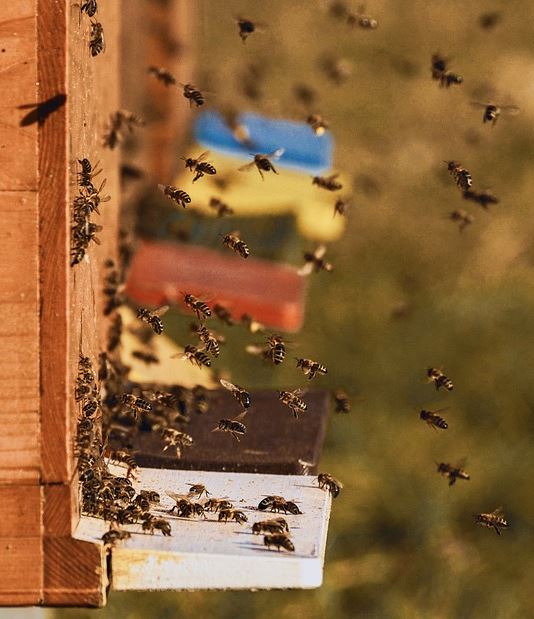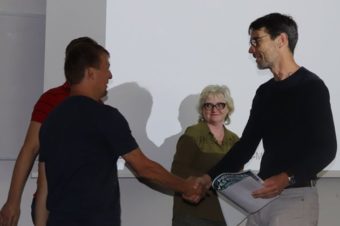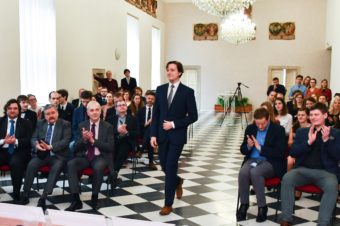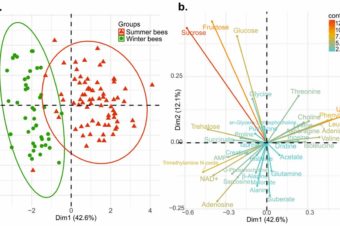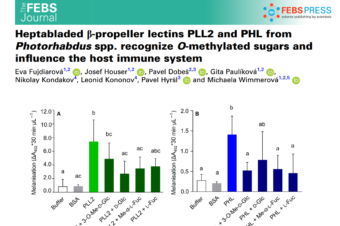Martin Kunc, Ph.D. has just published an article in the Beekeeping Magazine published by the Czech Beekeepers Association.
Martin’s paper discusses the differences between the short and long-term generation of bees, which consist not only of their different activities but also of a number of various physiological and immune parameters.
The short-lived population of bees (life span of 15-48 days) occurs in the summer months and its task is to gather a sufficient amount of supplies. The second population is long-lived (life expectancy of up to 8 months) and thanks to the accumulated supplies survives the harsh winter.
